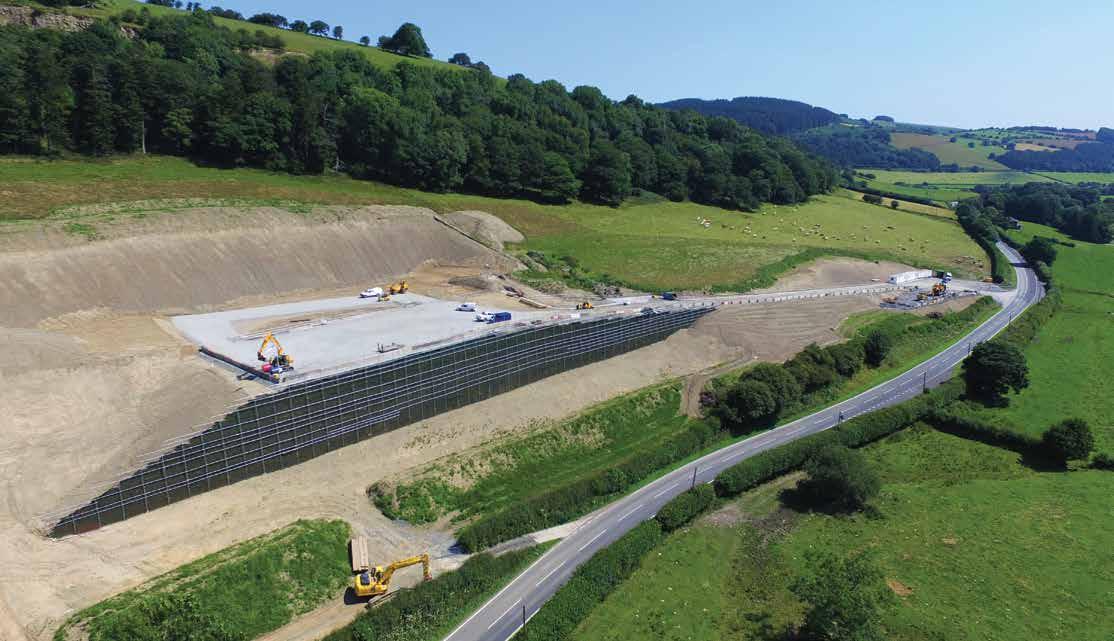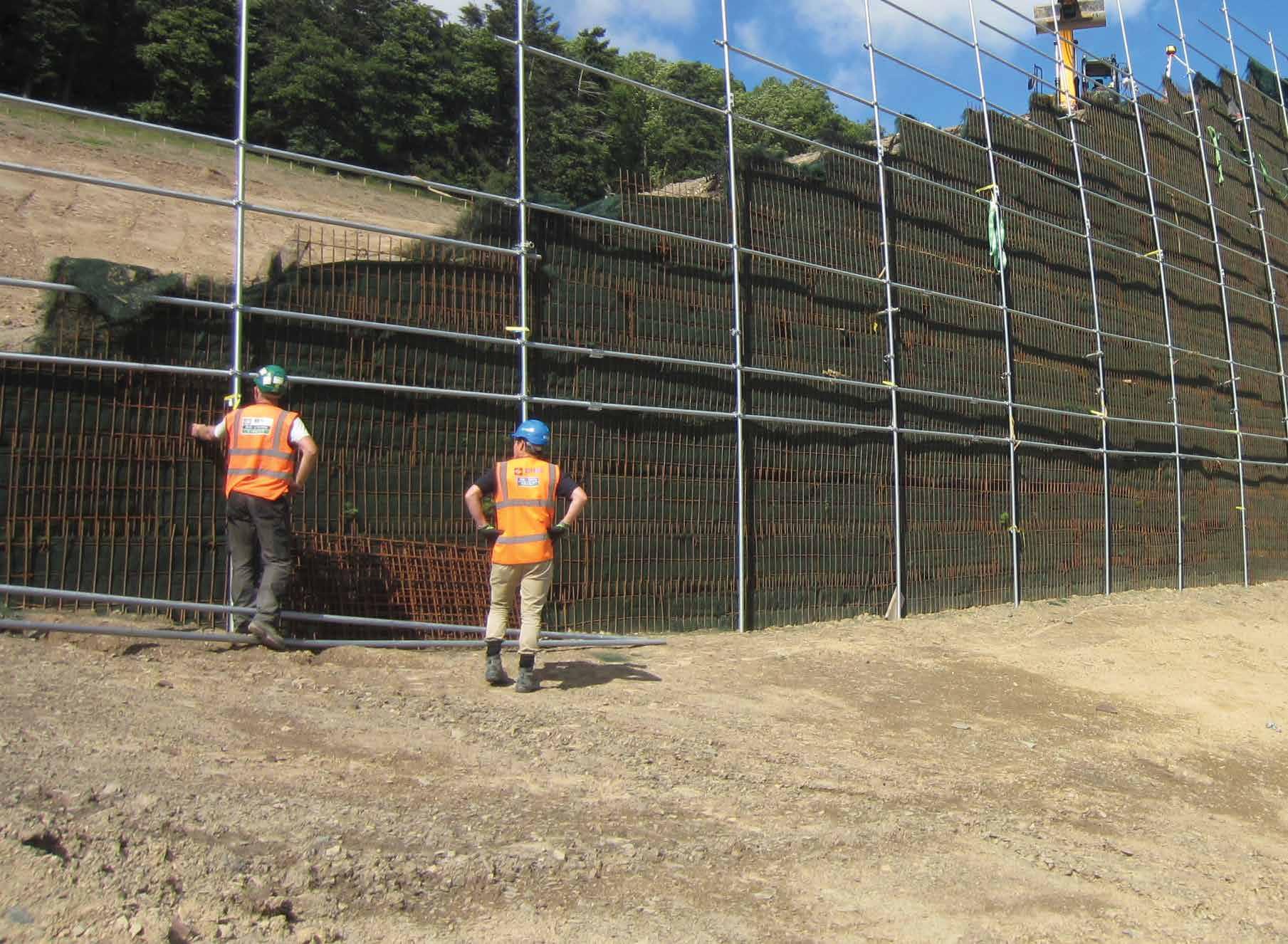
3 minute read
GEOSYNTHETICS
from Raven Issue No. 29
Brings Modern Solution To Outdated Aqueduct Project
In 1918, the world was a different place. The United States created time zones and approved daylight saving time; South African president Nelson Mandela was born; and World War I came to an end. And around that time, nearly 100 years ago, the Elan Valley Aqueduct was installed to provide water from Elan Valley in Wales to the city of Birmingham, England.
Advertisement
Edwardian-era pipes can’t keep up with 21st-century demand. Today, the aqueduct supplies water to 1.2 million residents, discharging nearly 300 million liters of water per day. Severn Trent Water, a private water company, realized that the capacity of the pipes was far below the city’s current and future needs. They embarked on a project to refurbish and replace the pipes. But this wasn’t an easy task. The topographical layout of Elan Valley — which features six reservoirs nestled between rolling hills — presented some challenges that Severn Trent could not solve themselves. They turned to
Geosynthetics Limited, Strata Systems’ United Kingdom distributor, for a solution. “Basically, we had an old tunnel providing water from the Elan Valley Aqueduct to the city,” said Phil McGoldrick, international geotechnical director for Strata. “Severn Trent needed to drill a bypass conduit in the side of the mountain. That meant bringing in heavy machinery, which needs a level, reinforced platform to work on. That’s a tough thing to find in a hilly and mountainous region.”
To support the machines, Geosynthetics recommended reinforced soil walls (RSW) composed of StrataGrid ® and on-site won material, soil recovered from the site excavation. The RSW was 160 meters long with a maximum height of 14 meters and a slope angle of 85 degrees. A reinforced working platform was constructed on top of the nearly vertical soil wall to support a 1,000-ton crane used to assemble a Tunnel Boring Machine (TBM) and the 150-ton TBM, which was used to drill the bypass.
“In order to accommodate all the equipment, we had to maximize the working area platform for those machines on top of the reinforced soil wall,” McGoldrick said. “Therefore, we went for a vertical face.”
To construct the vertical reinforced soil wall, 43 layers of uniaxial StrataGrid were combined with on-site won material gathered from the tunnel excavation.
“This project was in the center of Wales,” McGoldrick said. “The nearest stone quarry was many miles away, so bringing in rock would have been extremely expensive and not very environmentally friendly — blasting the rocks, trucks coming from the quarry to the project. The big thing just now for geogrids in the United Kingdom is that we can work normally with soils that we can get on the project site itself. This is a classic example of how StrataGrid can be used with soils of poor quality to ensure sustainable reuse.”
Geotechnical Director, Strata Systems
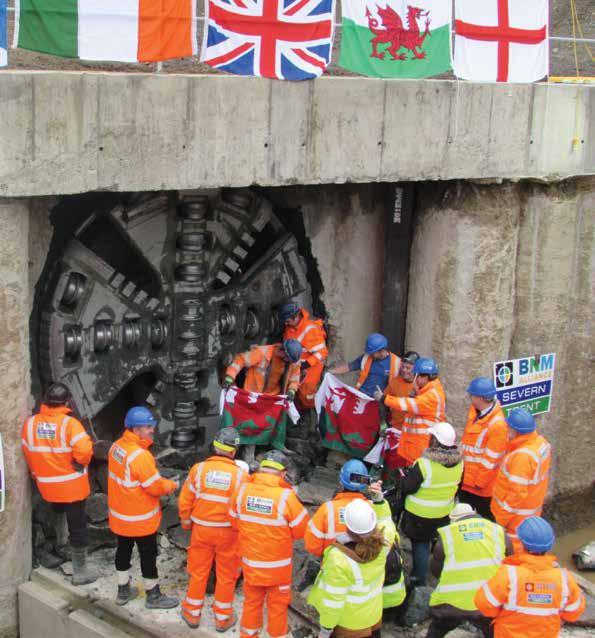
Besides reducing the carbon footprint, using on-site won materials with StrataGrid also shortened the project timeline and decreased the overall cost.
“The other option for this type of structure was to build a 14-meter-high concrete wall,” McGoldrick said. “That would have been around 40 percent more expensive and, again, there’s no concrete in the area, so it would need to be brought in. The transportation would increase the carbon footprint and the cost, and the time to build a concrete wall would double the project duration. Building a concrete wall of that height and length would take about four months, and we built ours in eight weeks.”
Even though it didn’t take long to build, the vertical wall has staying power.
“StrataGrid is made from a polymer called polyester, which gives you very high tensile strength per weight of the polymer,”
McGoldrick said. “For example, if you have a concrete beam, it is good in compression. But when you add tension, it breaks. That’s why you have steel rods inside. If the soil is the concrete, StrataGrid is the steel reinforcement. Using the geogrid in vertical layers within the soil creates a composite structure. Polyester has very high tensile strength and long-term durability. A structure like this has a 120-year life.”
This is the first project of its kind in the United Kingdom, and McGoldrick believes this is just the beginning for the model. “Not only is this the first project that combines geogrid with site-won materials, but it’s also the highest structure of its kind in the U.K.,” McGoldrick said. “We’ve been asked to replicate this on the global market. At Strata, our goal is always to bring innovative, cost-effective and environmentally friendly solutions. This project epitomizes that promise.”
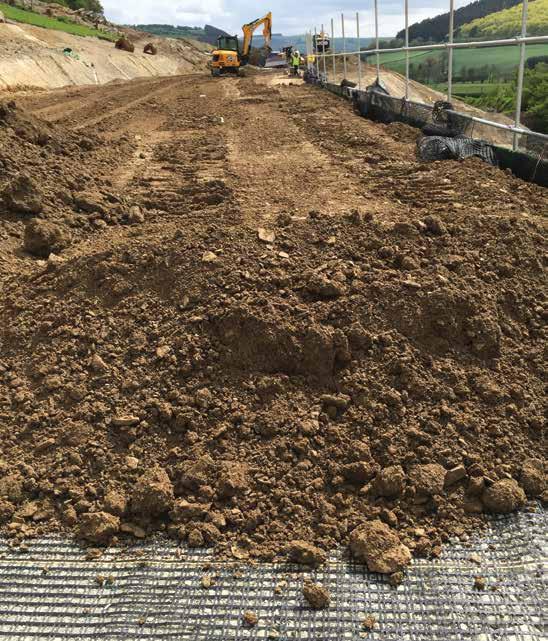
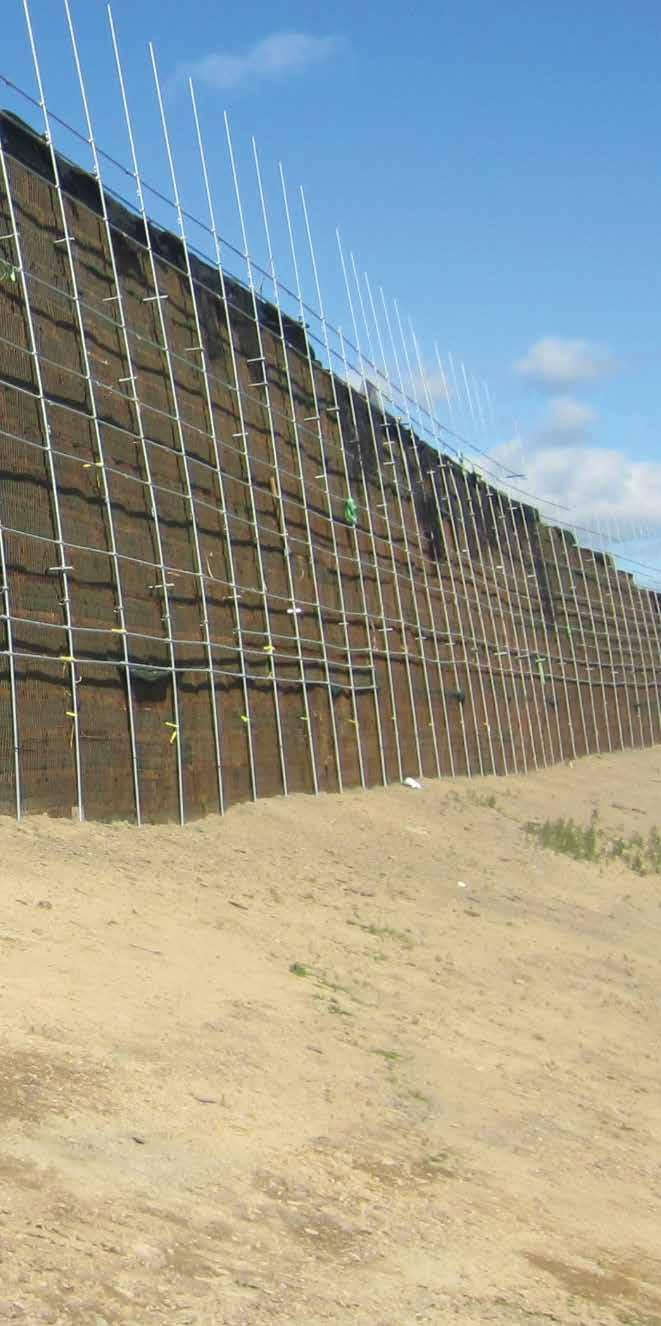
On the web at strataindia.com
